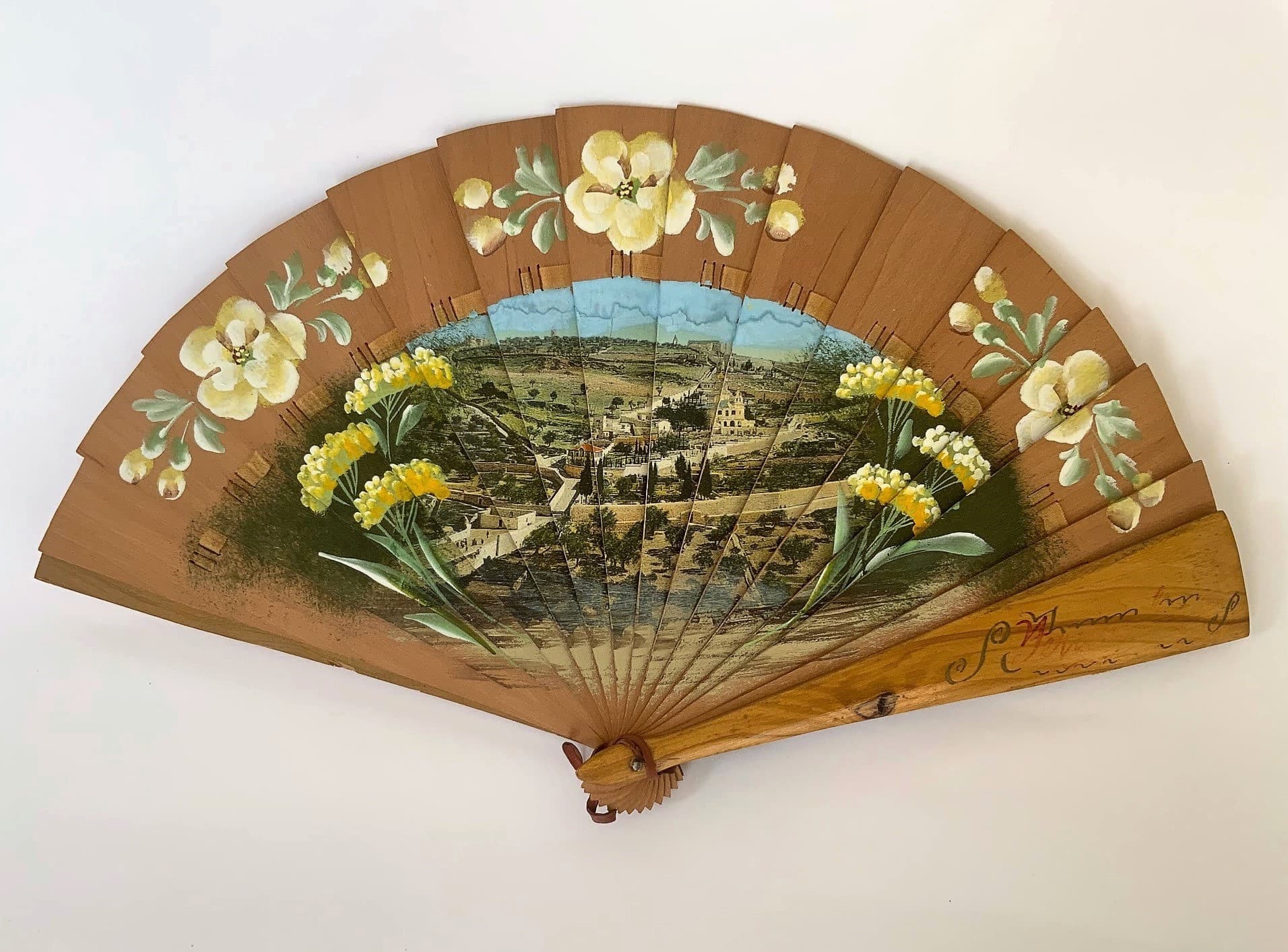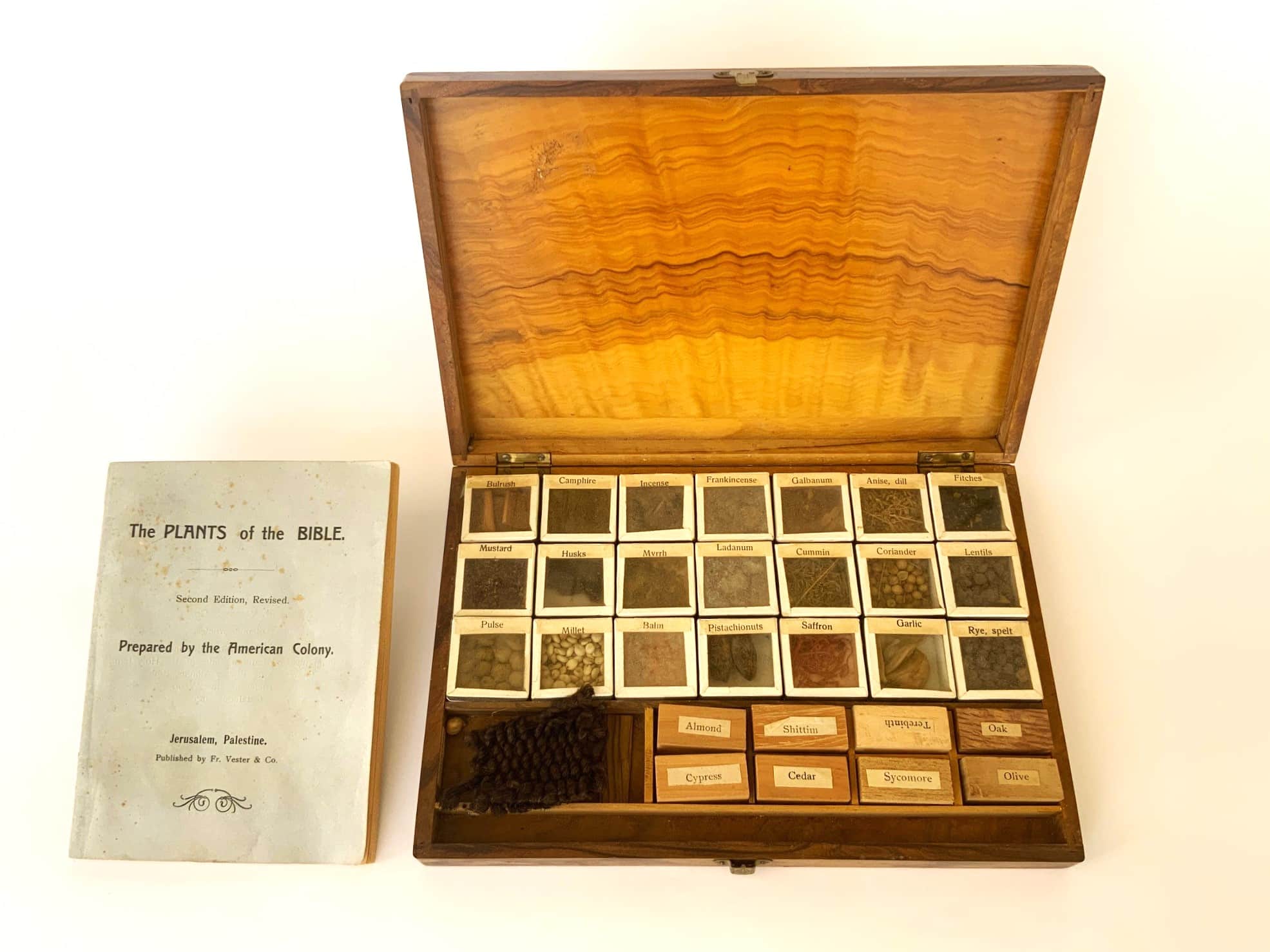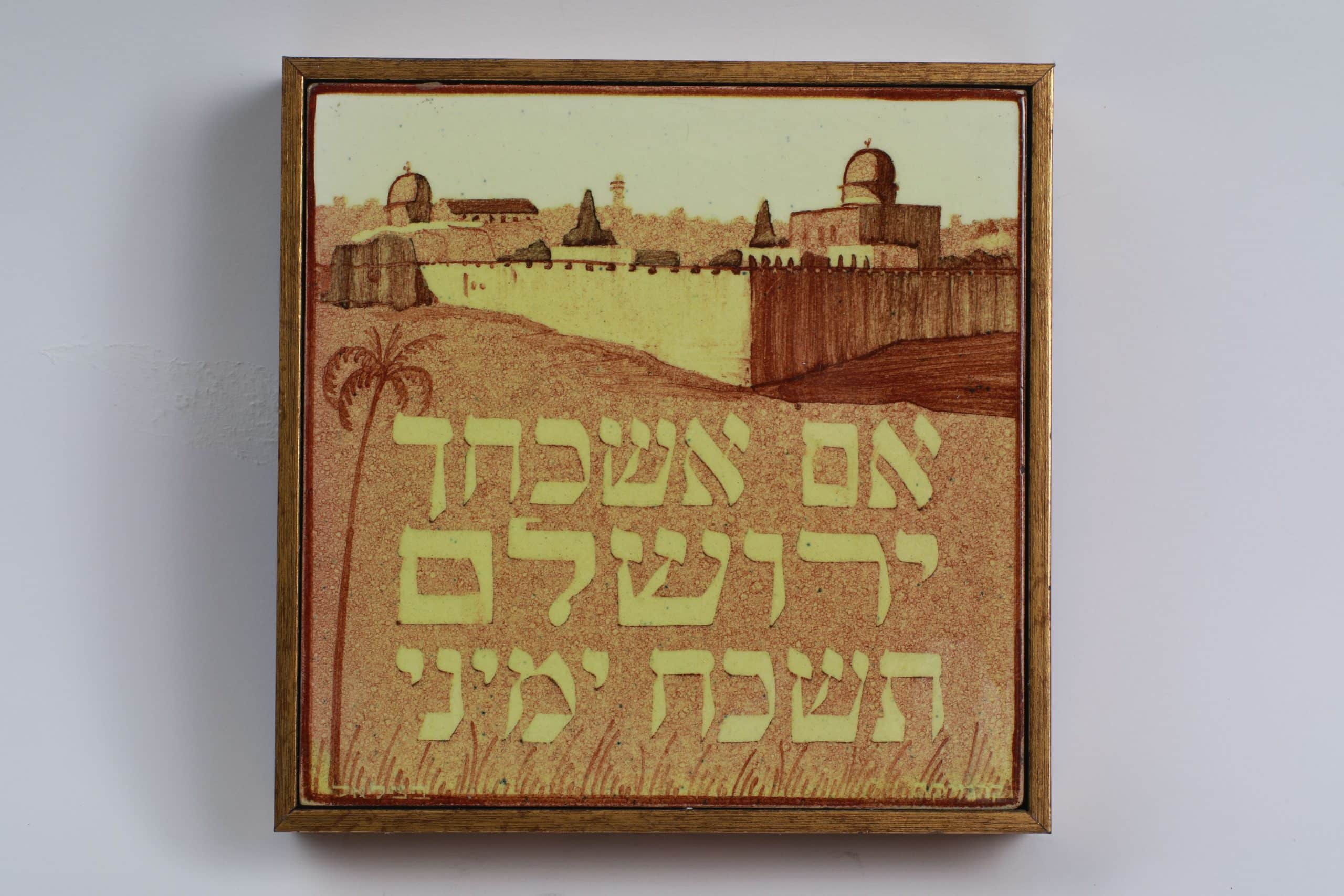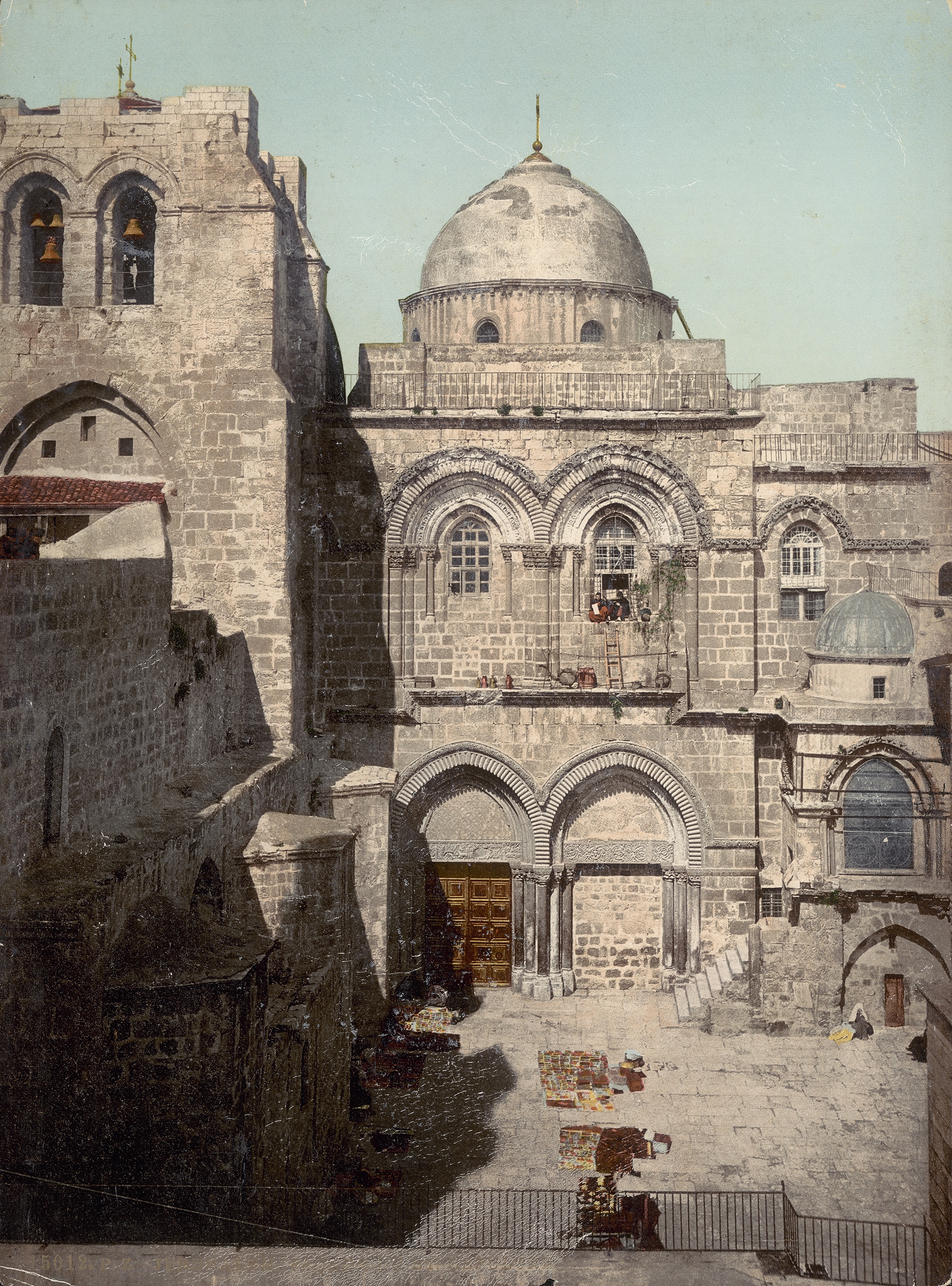
Eastern Tours
European artists and scholars arrived in the Middle East in the early nineteenth century, seeking the cradle of their religious faiths (the Holy Land), and to document the region in the framework of scientific and ethnographic research. Thanks to improvements in intercontinental transportation and the advent of steamboats that made the sea journey shorter and safer. As a result, beginning in the second half of the nineteenth century and mainly toward the end, organized groups of tourists from Europe and the United States arrived in the Middle East, especially the Holy Land, Egypt and North Africa.
Research and artwork by European and American visitors reflected the Western view of the Near East through oil paintings and photographs documenting the landscape and the local inhabitants. Tourism considerably augmented the manufacture of souvenirs by local people: this resulted in new postcards, collections of photographs and slides, maps, booklets, packets of spices, dried flowers from holy sites, decorative objects and books. Some of these are displayed in the exhibition, and reflect the entire range of objects that a visit to the Middle East produced.
How was the Middle East perceived by critical Western eyes, and how objective were they? These and many other questions have preoccupied historians and anthropologists for many years. Edward Said, in his renowned book Orientalism, scrutinized the historical connections of the way Europeans view the Middle East. He and many other scholars argued and proved that the Western perspective revealed an imaginary reality, one that shaped the Middle East as a mirror image of the West.
In fact, the view of Western visitors ignored the region as it actually was. They failed to distinguish among the diverse populations in this extensive geographical zone, such as the Turks, the Moroccans, the inhabitants of the Arabian deserts and many other local ethnic groups, appeared to them as a single entity: “Orientals.” The entire region was surveyed with an ahistorical eye––perceived as an unchanging space, frozen in time, unaffected by geopolitical processes of any kind. All the phenomena they observed were cloaked in images from the Old and New Testaments that were oblivious to signs of the present.
The culture of the peoples of the Near East seemed to Westerners as being closer to primordial nature, to an exotic and childlike world. Daily life was seen as folklore and the population was labeled with archetypes such as: the prince and the princess, the old merchant, the wise haji (a Muslim who had made the pilgrimage to Mecca [the haj]) the wandering dervish. The region was perceived as an ancient biblical Garden of Eden, whose inhabitants preserved ancient customs dating back to the cradle of Judaism and Christianity in their mode of dress, names and language. To the visitors, the archetypes of the Near East were no more than part of the story taking place in a visceral, amoral and wild place that also revealed dimensions ranging from the romantic idyll to the erotic. The European consciousness erased the Near East as it was, with its religious and ethical values and a way of life that is in sync with the local climate and geography.
All the exhibits on display were made at the end of the nineteenth and the beginning of the twentieth centuries, they were born from visits to the Middle East and reflect the visitors’ experience of the region. Displayed alongside them are four contemporary works of artists living in Israel: Elad Oren, Eliahou Eric Bokovza, Dor Guez and a collaborative work by Yael Sonino-Levy and Tamar Shalit Avni. Their works reflect their perspective on the items on exhibit as well as a personal and critical look back in time.
A visit to the exhibition invites questions about representation. To what extent do these items represent the region as it was directly perceived; and to what extent did it reflect a fantastical and imagined space? That debate, of which this exhibition is part, is still relevant to a historical and cultural dialogue between the inhabitants of this region and those who live outside it.
We thank those who readily lent us these objects and accompanied the museum’s team while preparing the exhibition: Bouky Boaz, Zeev Zelig, Ami Zehavi, Adi and Guy Hagag, Prof. Rachel Milstein, L.A. Mayer Museum for Islamic Art, Jerusalem, The Israel Museum, Jerusalem. Special thanks to Rachel Lev, curation consultant on the subject of the American Colony.




